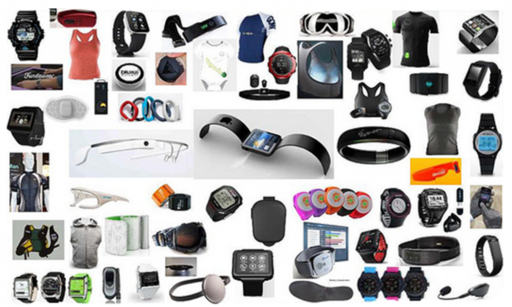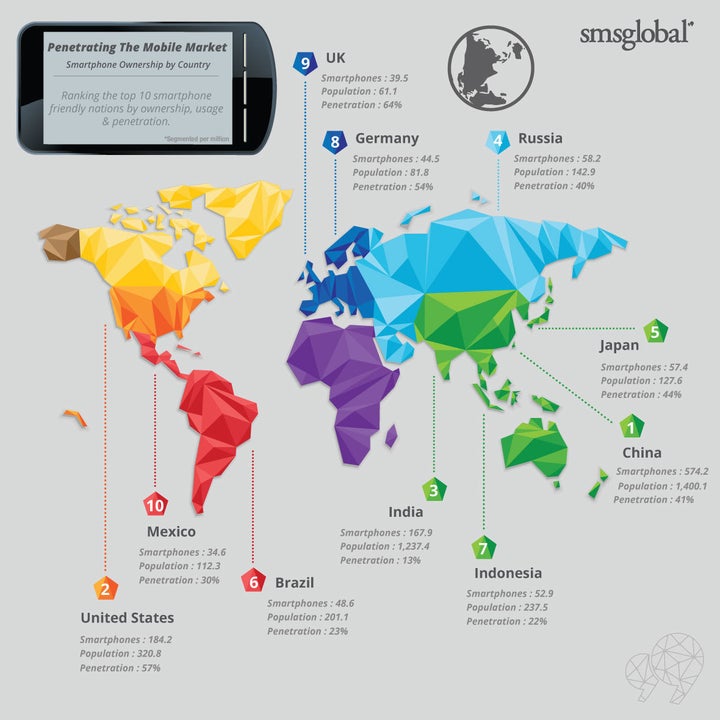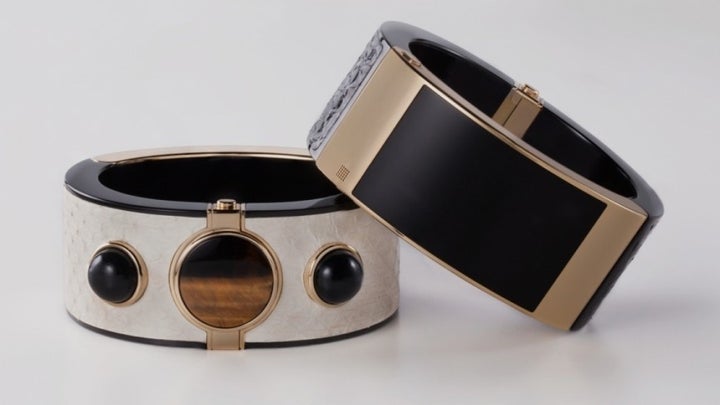
Do you own an iWatch or a Samsumg Gear or a Fitbit or maybe more than one of these? Do you still use them all? Has the fascination worn off? If you had to give up either your smartphone or one of these which one would you give up?
Will we have more wearables per person than mobile phones or will we have one do-it-all wearable? Is a wearable just going to collect health data or will it become our only necessary connection to all things electronic?
Apple has sold an estimated 12 million iWatches taking about 60% of the smartwatch market and raking in about $6B. Sales are supposed to be slowing and detractors abound in regard to the watches utility and quality. Fitbit had 29 million registered activity tracking devices in market and $1.9B in revenue in 2015. Even Pebble has sold 1 million units since its stellar launch. Samsung dominated the initial smartwatch market in 2014 but has since lost ground. Sales are 10% or less of iWatch sales.
Gartner predicts the wearables market will reach 323 million devices by 2017:

But its nowhere near the 2 billion Smartphones in the world currently with penetration in the USA nearly 60% and in other prominent countries as much as 45%.

Wearables are an ill defined category. Apart from the iWatches and the wristbands there are many other types of wearables.
Google Glass is slated for a comeback! The functionality and sales focus is likely to be the enterprise setting. Rumor has it that Glass 2 will be more about work than about play.
Smart clothing is definitely a wearable and they range from simple sport monitoring and optimization to cancer detecting clothing and even baby monitor clothing. Most of them are coupled with a smartphone or similar and have no great distinction in health and performance monitoring. Stand outs like Heddoko and Nadi provide monitoring as well as improvement. Heddoko makes sensor laden compression clothing and couples a visual feedback for improvement.
Nadi on the other hand makes clothing to correct your yoga form via haptic feedback! Probably one of the quickest smart clothing wearables to catch on will be baby monitor clothing. Owlet is just one example:
So called smart jewelry is even more primitive and only provides vibrational alerts about incoming messages and events or is just yet another health monitor. Jewelry makers are trying to get in on the hype and folks like Fitbit are going the other way and recasting Fitbit as jewelry. Pricing in conjunction with unimpressive utility is a deterrent to scale. Here is Opening Ceremony MICA - a collaboration between Opening Ceremony and Intel. For $495 you can get texts on it without your smartphone!

Wearable fighting suits or wearable robots or even VR sex suits are not the stuff of SciFi any more. However, it will probably be a while before they become mainstream or regular use.
A wristband called Cicret with interactive projection displays is already here. Maybe you dont even need a phone anymore! Hopefully soon there will be something that does not require you to shave your forearm to see the display effectively:
One of the most interesting recent scientific developments of a brain implanted chip that lets a paraplegic control his hand is yet been imagined as a product! Consider a wearable that plugs in to your brain and lets you just by thinking control limbs and appendages that are not directly connected to our body. Put this on the internet and you can switch your house lights off from across the world by merely thinking about it!
So what is it going to take to realize this wild and varied wearable future? To guage this it is useful to understand the factors that drove scale in mobile.
Cell phones have been around a long time. Blackberry and Nokia dominated that market for a while but mobile phone addiction did not really take hold till Apple launched the iPhone in 2007. Overnight our world and our expectations of a cellular device changed! Business users took a while but die-hard Blackberry fans made the switch and now Blackberry is merely a legend.
Many articles have been written about how the iPhone changed the world with detailed reasoning. For our understanding, here in a simplified manner is why and when mobile truly took off
Touch interface - made mobile phones much easier and fun to own
Core functionality - was consolidated and reached a tipping point. Apps as a mix of personal, task and business further drove mobile adoption
Market dominant platforms - emerged allowing applications to be made without forcing developers to maintain code bases for too many platforms. Remember content adaptation platforms?
Primary connector - most importantly this platform evolved into a replacement for the bulky laptop as our main interface to most things electronic.
Today your smartphone is everything from your business device, to your toy/entertainment, to your map, to your primary connection to all things digital, to even your torch!
Wearables are fun and even fancy but as yet do not have anything close to these kinds of driving factors! In fact here are the important gaps:
Core functionality is unclear - is it Connected Health? Extension of Mobile? Maybe Identity management?
Application diversity - does not yet exist. No eye-popping fun applications to drive adoption. So far it is just another way to access your smartphone or monitor your health.
Platforms are clunky or coupled - independent connectivity is still unresolved and often a wearable must be synced or tethered with computer or mobile phone
Core functionality has to be relevant to wearable platform and not merely an extension of mobile or worse yet dependent on a nearby mobile device.
Plenty of desultory looks into the crystal ball on wearable tech have been taken. Most of them project far fetched use cases that are unlikely to scale.
In Wearables the path to scale may be driven by the following factors: need for efficiency, ease of use, stand alone capability, unique contact based core functionality, consolidated platform.
Functionality on such a platform cannot be only health related. Utilities such as identity mgmt., interactive display, seamless stand alone connectivity, GPS, speech control, tactile or gesture interface, drug delivery, corrective/therapeutic and neuro controllers must be part of this new wearable platform!
Wearable culture will probably develop along the following lines:
Health & therapeutic: This is undeniable and already here. What remains to be answered is whether these wearables will merely monitor or if they will start to administer, correct and change your health and performance?
Identity: No device is needed to identify yourself or to determine what you are authorized to access or do. However, time to manually and repeatedly provide your identity to the identifier adds up and is worth automating. Devices that allow you to identify yourself to an authorizer based on your biometrics without you needing to lift a finger are worthwhile. If those biometrics can then be used to decide personalization in the moment then that is even better. In the enterprise setting where efficiency, scale and security are prime drivers this is huge dollars saved and very likely the first to be realized wearable possibility.
Connectivity and communication: This will be the big one! Why should you type anymore? If you can play a video game based on gesturing with a device or just gesturing at a sensor why can you not communicate across the world in the same way? Are Short Voice Messages or even Short Video Messages not way better than SMS/Text? What if a wearable let you send and receive those seamlessly without having to take your phone out of your purse or pocket and fat thumb it and then struggle with spellcheck? This is likely the second big wearable possibility that will be realized. Personal drones are already conceptualized. If there was a personal drone that followed them around and did their bidding then teens may really start to ignore people!
- Pure fun: On their rides Disney has had any number of reality simulations with chairs that simulate banking and mists that get sprayed. Extremely fun possibilities like Cyrano providing personalized and digitally controlled olfactory experiences are now available. What then will the most fun, most mainstream, biggest bang for the buck, overall experience that can be delivered via a wearable and VR? This is will be a huge driver of lust for wearables!
Convergence: all of the above on one single device? Is this possible? Would it make sense? It has to! No one wants to have 5 things strapped to them or several different chargers or multiple things to configure and back up. Convergence of a core set of business and personal functionality on a single platform will be the game changer!
I for one look forward to a personal device that can do all of this but does not quite have to touch me! I give it 8 – 12 years. See you then!
